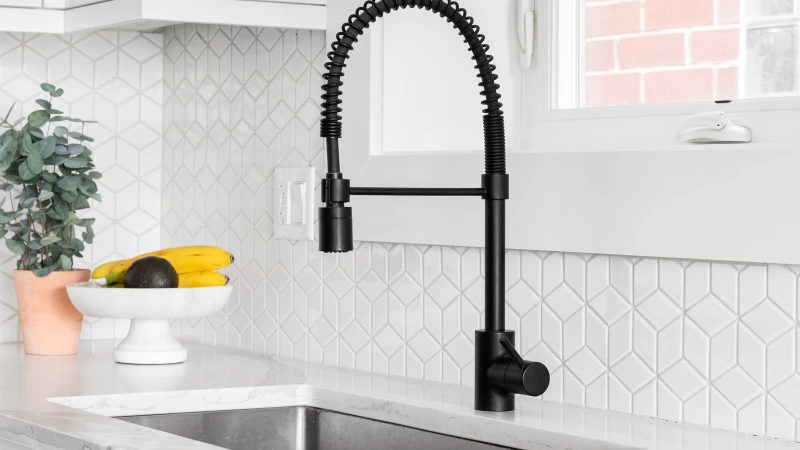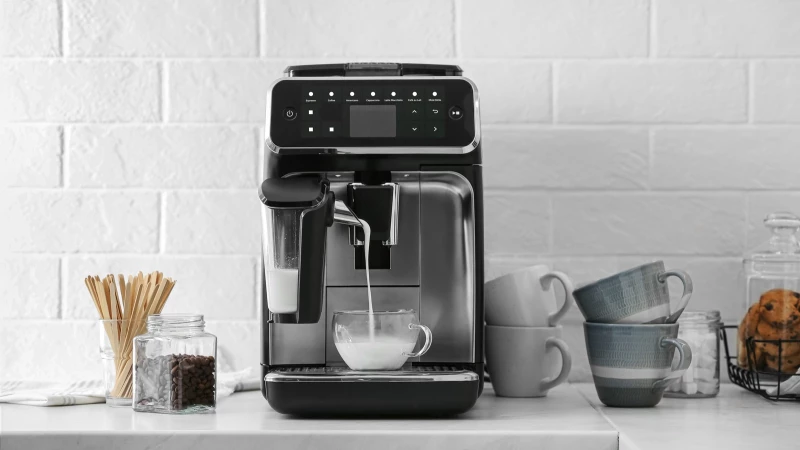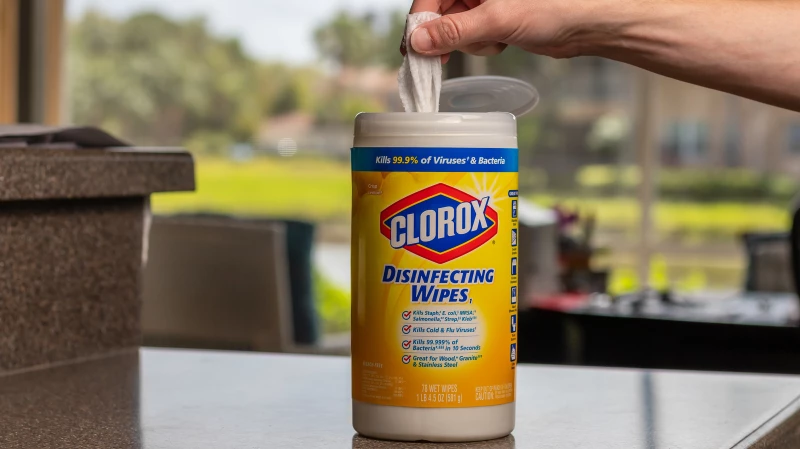When it comes to estate sales, furniture can be a treasure trove for buyers. There are two main reasons why people attend these sales in search of furniture. The first reason is to find pieces for personal use, without worrying about their monetary value. For example, someone may be looking for a desk for practical use, such as homework or crafts. The second reason is to hunt for vintage, antique, or collectible furniture, either for personal collection or to resell for a profit.
While some buyers hope to stumble upon underpriced gems, the reality is that estate sale prices can often be fairly high. However, there are three types of furniture that tend to be better investments for collectors and resellers: vintage couches and chairs, solid wood furniture, and pieces from sought-after designers and brands.
Look for solid wood pieces
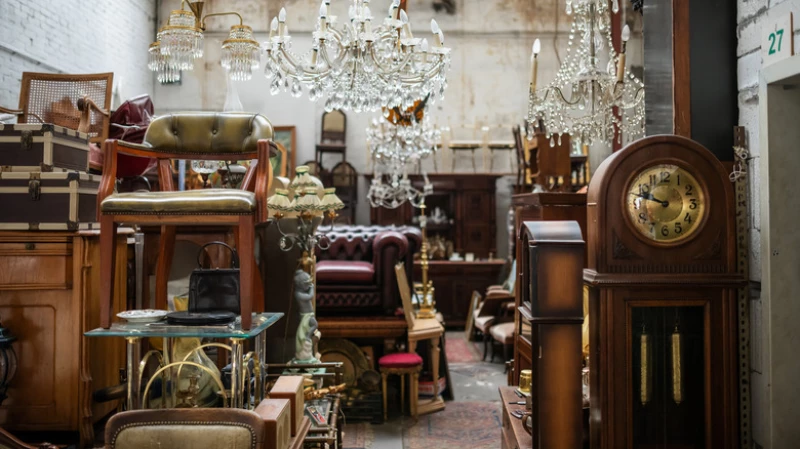
When it comes to furniture shopping, look for quality construction and good condition. A piece made of engineered wood or furniture-grade plywood might be acceptable for certain purposes, but when it comes to vintage and antique pieces, solid wood is the way to go. Solid wood furniture from the 1940s to 1970s is often a good find at estate sales.
Quality joinery is key when it comes to solid wood pieces. Look for dovetail, dowel, mortise and tenon, pocket-hole, or finger joints. Veneered pieces should be veneered over solid wood, with high-quality and intact veneer. Bookmatched veneers are a sign of high quality in the original piece.
For sofas, in addition to quality construction, also pay attention to the fabric condition, springs, and frame stability. Avoid fabrics with odors or signs of wear, creaky springs, or any sway in the frame.
Seeking the sought-after designers and brands
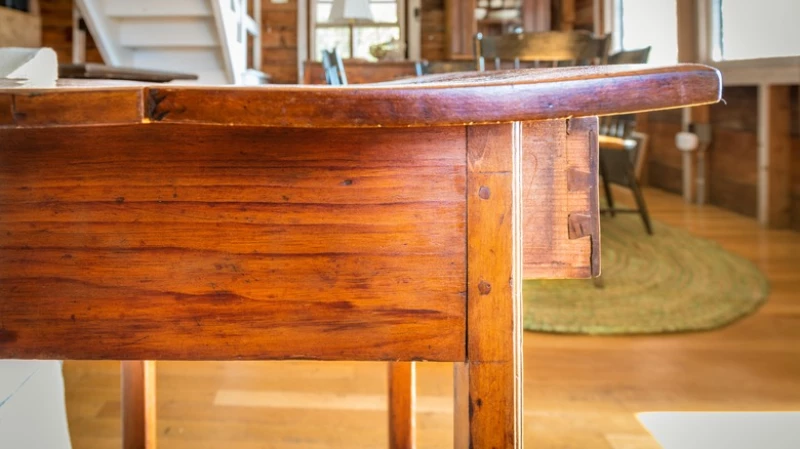
There are many crucial tips for buying quality wood furniture at an estate sale. Check all moving parts for proper function and alignment, including mechanisms like hinges and latches. If you can't identify the cause of the problem and determine that it's a sensible repair to take on, you should walk away. Avoid anything assembled with staples and any piece to which someone has added a faux finish. Inspect all pieces carefully for pinhole woodworm damage, and steer clear if you find any.
Those tips will help you find good furniture, but for the most estate sale fun, you should be on the trail of designers and brands everyone covets. These are the Knoll tulip chairs and Pearsall gondola sofas that keep things exciting and find you showing up early to the sale or trying to charm a preview visit out of the organizer. Designers are undeniably important, but you might also hope to find brands (collections of designers) or authentic pieces from movements (collections of designers and brands). You might even find yourself staring speechless at a period piece that belongs in an auction house rather than an estate sale ... but those are, by definition, rare.
When it comes to exploring sought-after vintage brands, staying in tune with the latest trends is key. However, there are certain pieces that stand the test of time, like the elegant dental office designs by Le Corbusier or the futuristic space-age cabinets by Adrian Pearsall. Delving into Pearsall's walnut bases, potentially under the Craft Associates label, the two-tone faux dovetail inlay crafted by Andre Bus, and the delicate Danish legs featured in Lane Furniture's Acclaim collection will enrich your knowledge. Ultimately, the true reward lies in the insight gained, offering more joy and contentment than even the famously comfortable Finn Juhl pelican chair.


